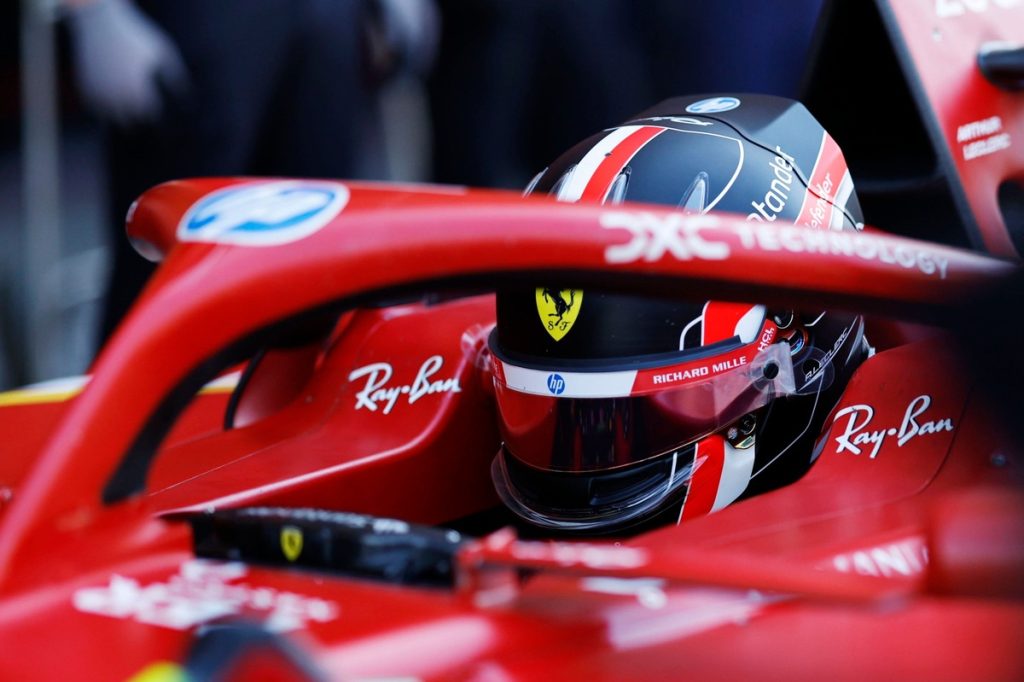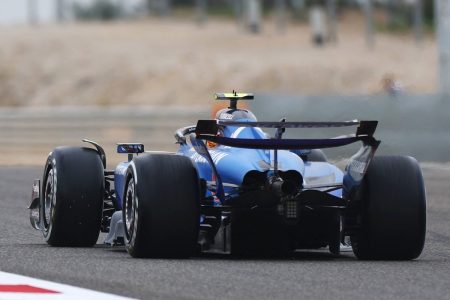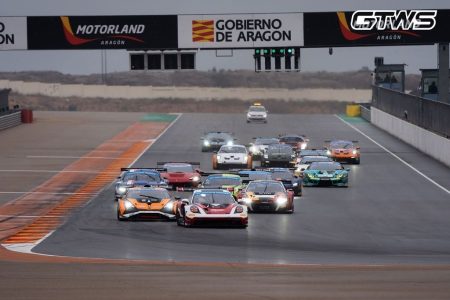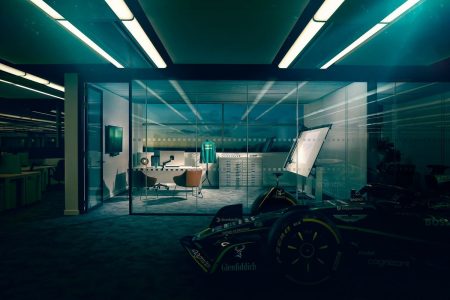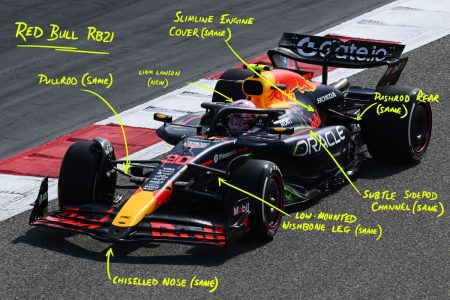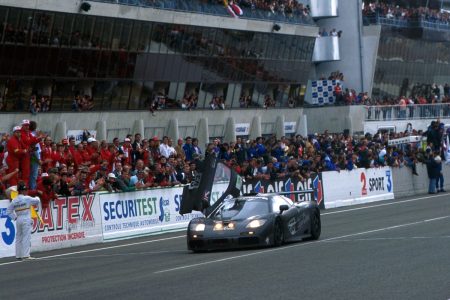Fresh Blood in Free Practice 1: A New Formula 1 Tradition
The Formula 1 season is set to see a significant influx of fresh talent, thanks to a rule requiring teams to run rookies in their cars twice during the Free Practice 1 (FP1) sessions. While these sessions are often overlooked and relegated to the last minute, they can provide invaluable insights and opportunities for young drivers. Teams may prefer to maximize the practice time for their established race drivers, but the rookie rule has already shown its worth. For instance, Franco Colapinto’s impressive FP1 performance at Silverstone last year convinced Williams to promote him to a race seat. Similarly, Oliver Bearman’s mistake-free session in Mexico, followed by his standout performance in Saudi Arabia, sealed his 2025 Haas contract, despite a challenging F2 campaign.
The Roster of Rookies
To qualify as a rookie, drivers must have participated in "not more than two championship races in their career." This means that some regular race drivers, like Andrea Kimi Antonelli, Gabriel Bortoleto, and Isack Hadjar, will retain their rookie status until the Bahrain Grand Prix, allowing them to fulfill their team’s rookie FP1 requirement in Australia and China. Jack Doohan, despite his experience in Abu Dhabi last year, will also remain a rookie until after the Chinese Grand Prix. Consequently, only their team-mates—Pierre Gasly, George Russell, Yuki Tsunoda, and Nico Hulkenberg—will have to give up their cars for two FP1 outings during the season.
Expanding the Eligibility Pool
F1 has also retained the "Free Practice Superlicence" rule, which broadens the pool of eligible drivers. A practice-only licence requires just 25 points rather than the usual 40, provided the driver has completed at least 300km in an F1 car through a team’s Testing of Previous Cars (TPC) programme. This rule change ensures that more young talent can get a taste of F1, making the rookie FP1 sessions even more competitive and exciting.
Red Bull’s Rising Stars
Red Bull, known for its robust junior programme, will likely use these sessions to evaluate several promising talents. Christian Horner and Helmut Marko are keen to assess Arvid Lindblad, who has already secured the necessary superlicence points. Lindblad’s strong performance in F2 could fast-track him to a full-time F1 seat as early as 2026. Additionally, Red Bull has two other juniors in F2, Oliver Goethe and Pepe Marti, who could also see FP1 action. Running these promising young drivers in the spring sessions would be a logical move, allowing the team to gauge their potential under more representative conditions.
Ferrari’s Future Prospects
Ferrari’s success with Oliver Bearman has created a bit of a quandary for the team. While Arthur Leclerc, Charles’s younger brother, is a natural candidate, the team seems to be grooming Dino Beganovic as the next in line. Beganovic has already secured 40 superlicence points and participated in Ferrari’s private Barcelona test earlier this year. The team, however, has remained tight-lipped about its plans, indicating a strategic approach to these sessions. Anticipating their performance and potential in FP1 will be crucial for Ferrari’s future driver lineup.
McLaren’s Mixed Bag
McLaran, known for its adventurous approach, will have several options for its rookie FP1 sessions. Last year, IndyCar driver Pato O’Ward and Ryo Hirakawa, now aligned with Alpine, made surprise appearances. With Hirakawa out of the picture, O’Ward is a strong candidate for another FP1 outing. Additionally, McLaren might want to evaluate Ugo Ugochukwu, who earned the required superlicence points with his win in Macau last year. The team’s decision on who gets the nod could provide valuable insights into their long-term plans and the depth of their talent pool.
The Rest of the Grid
The remaining teams have their own unique approaches to the rookie FP1 rule. Aston Martin is likely to allocate all four of its rookie practice outings to Felipe Drugovich, who has re-signed as the team’s reserve driver and meets the requirements. Alpine, with Paul Aron on its books, also has a clear candidate, especially after his impressive post-season young driver test last year. Racing Point, now known as Racing Bulls, only needs to check off two sessions, thanks to Hadjar’s promotion. Arvid Lindblad and Ayumu Iwasa, a Honda protege, are likely to split these sessions.
At Haas, Toyota protege Ritomo Miyata, who has already had a TPC outing at Jerez, is a strong contender for the rookie FP1 slots. Pietro Fittipaldi, despite his two race starts in 2020, remains a rookie by regulation and could also see some FP1 action. Bearman, however, no longer fits the rookie criteria. Williams, post-Colapinto, will likely give Luke Browning more FP1 sessions, especially as they have parted ways with Zak O’Sullivan. Finally, at Sauber, the departure of long-time protege Theo Pourchaire leaves the door open for a surprise outside candidate, adding an element of unpredictability to the proceedings.
The Impact on F1’s Future
The rookie FP1 rule may seem like a minor detail in the grand scheme of F1, but it has already played a significant role in the near one-third refresh of the F1 grid this year. These sessions provide a crucial platform for young drivers to showcase their skills and potentially secure a future in the sport. While the pressure is intense, the opportunities are undeniable, making FP1 a valuable stepping stone for the next generation of Formula 1 stars. As the season progresses, the performances of these rookies will be closely watched, ensuring that the best talents get a fair shot at the top.

